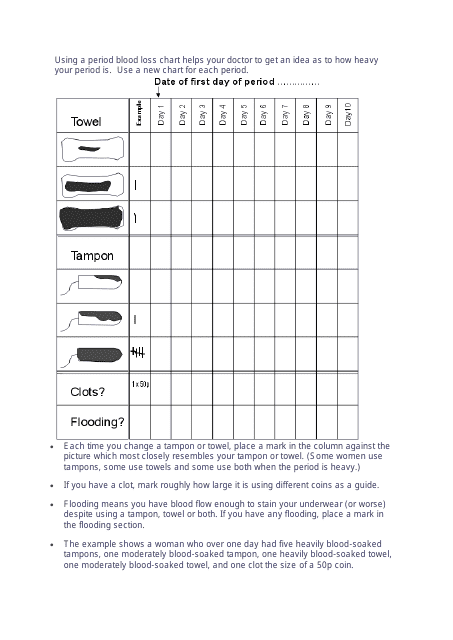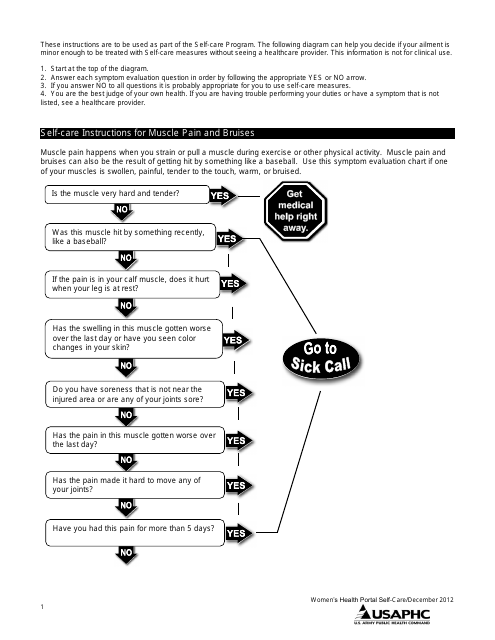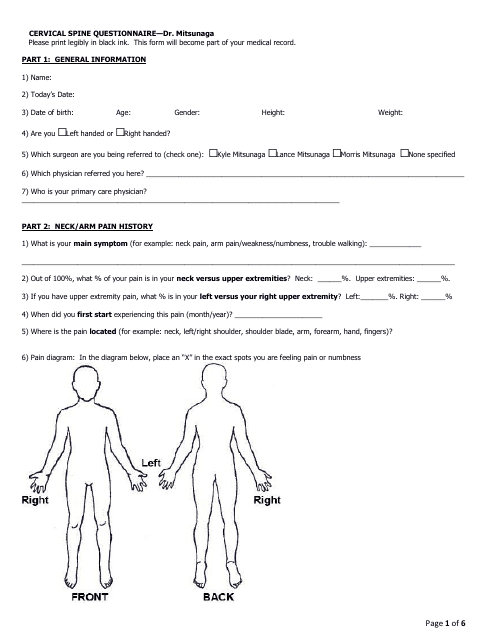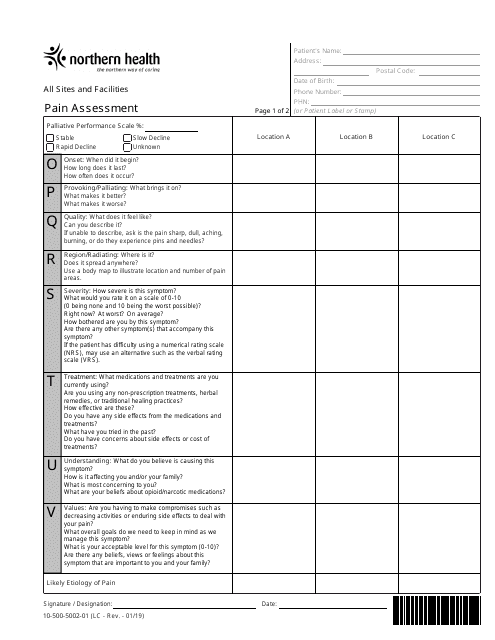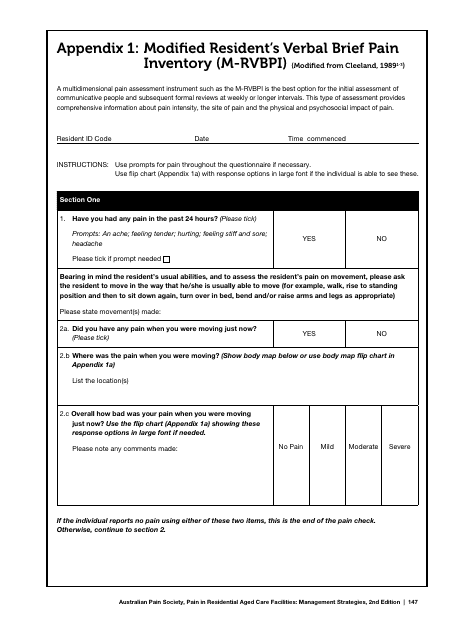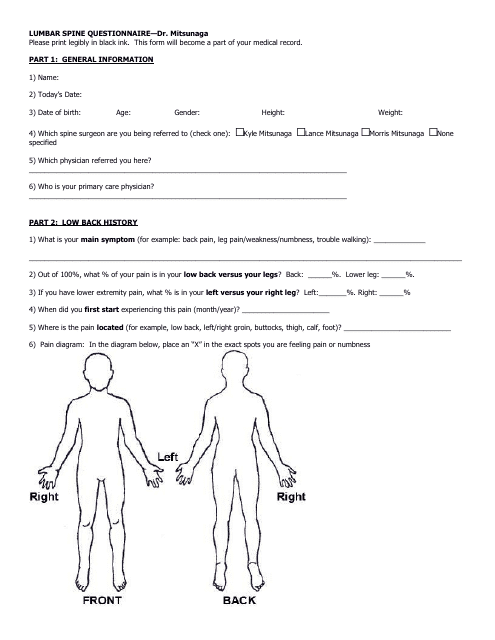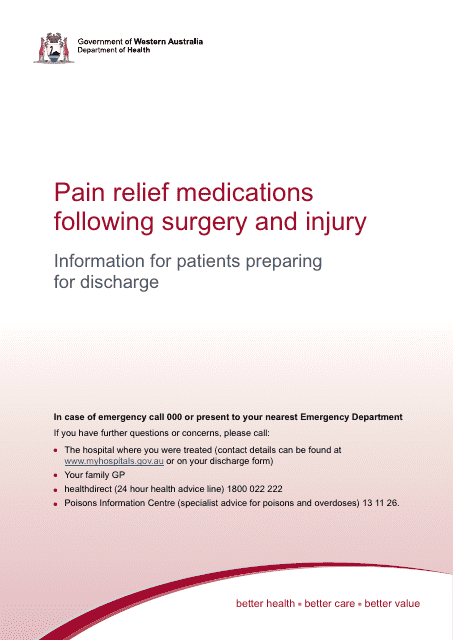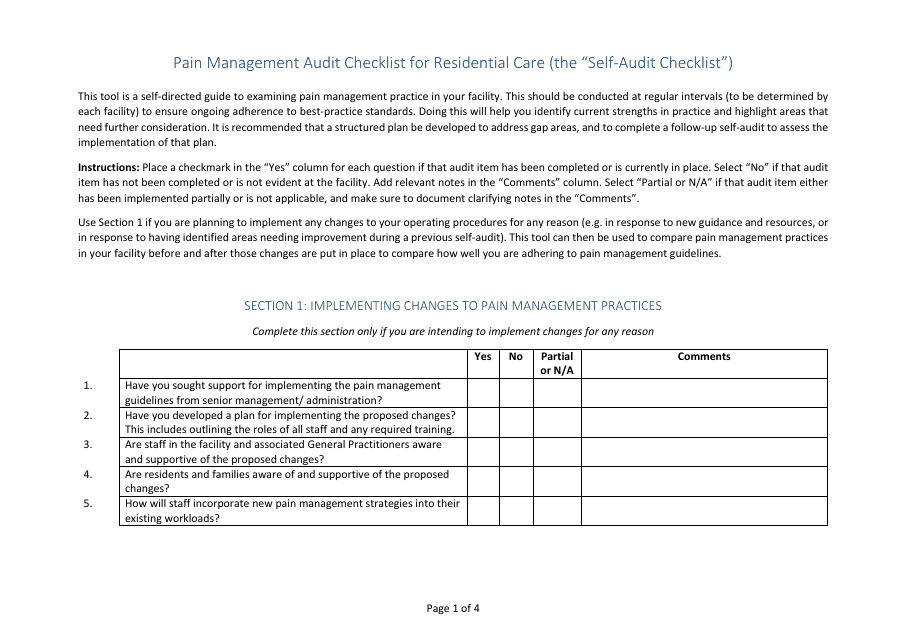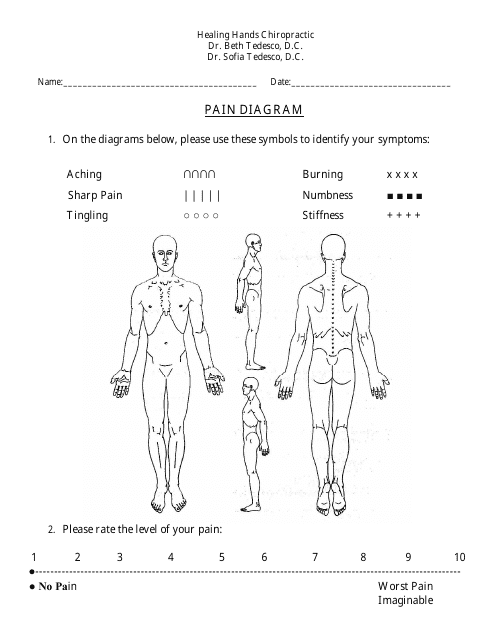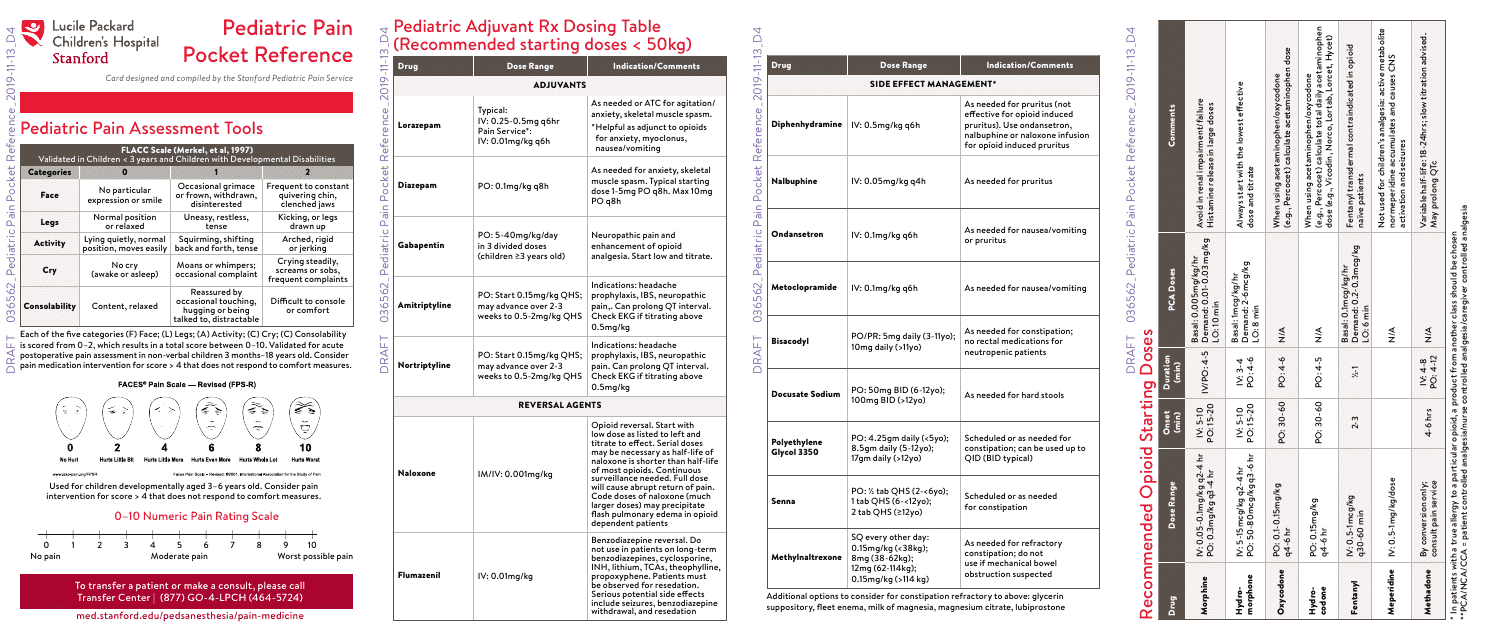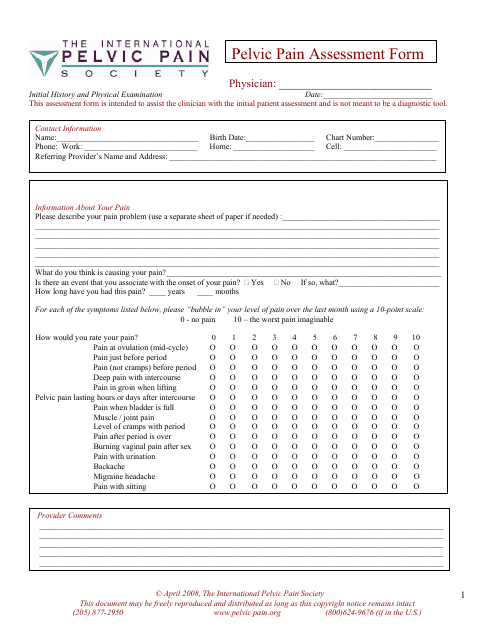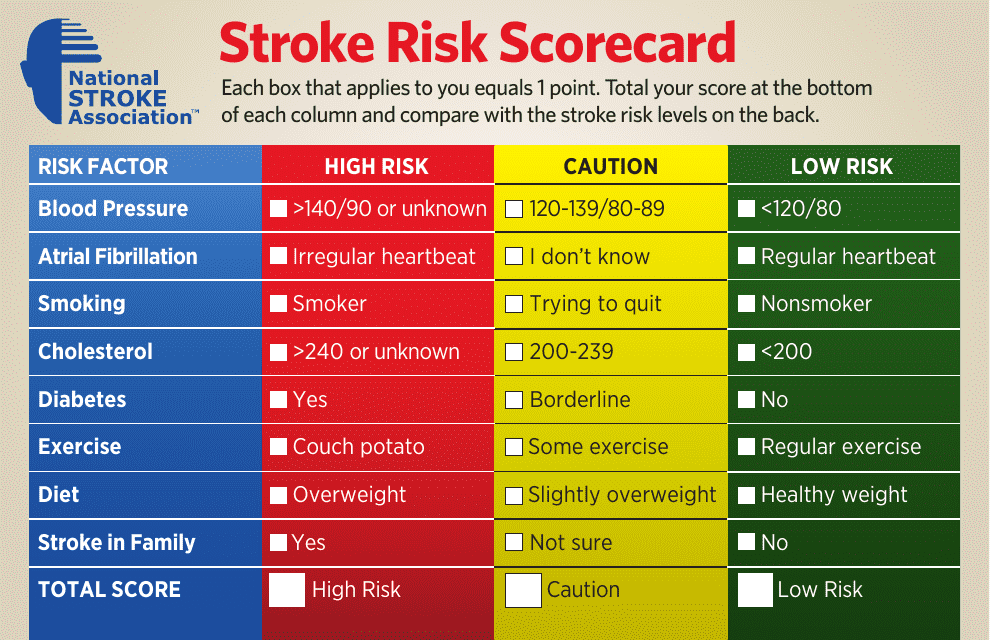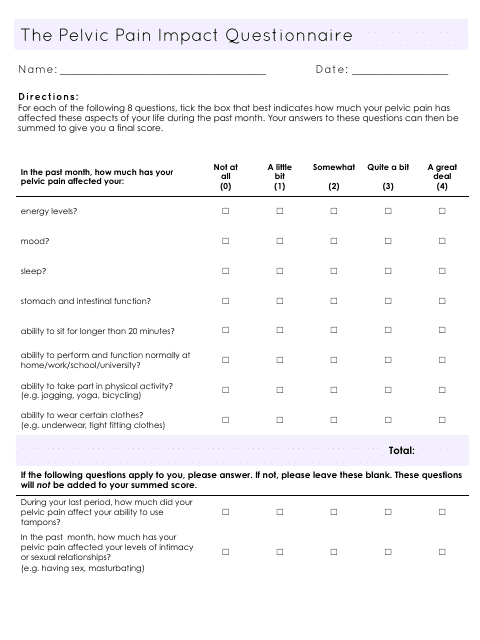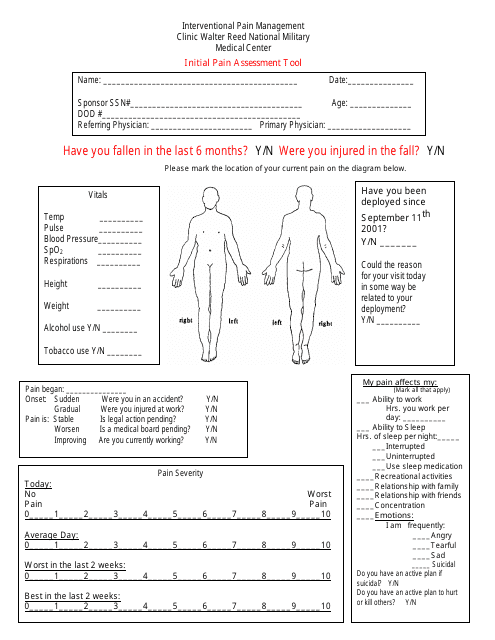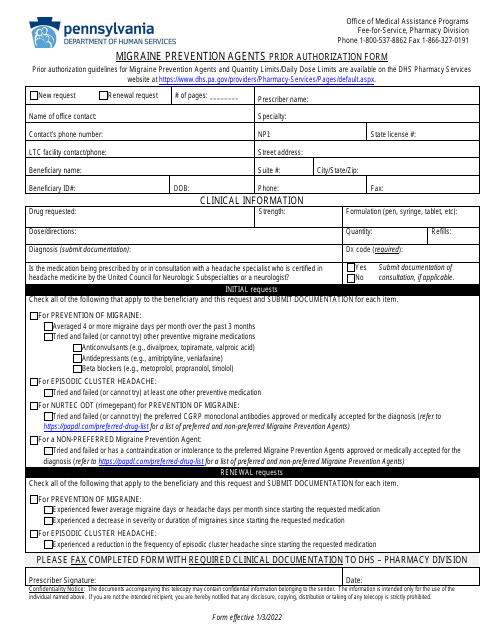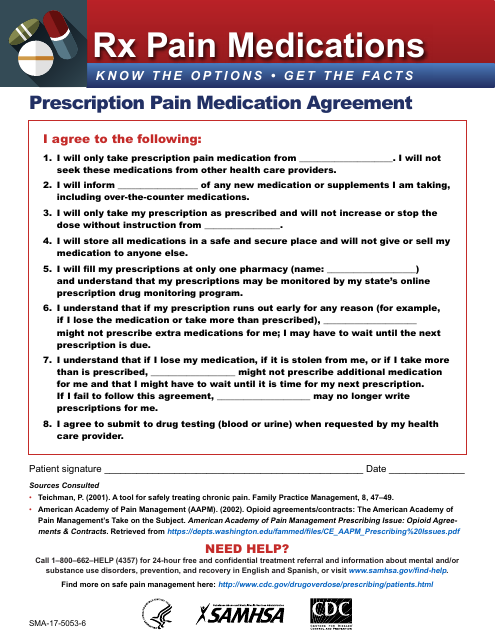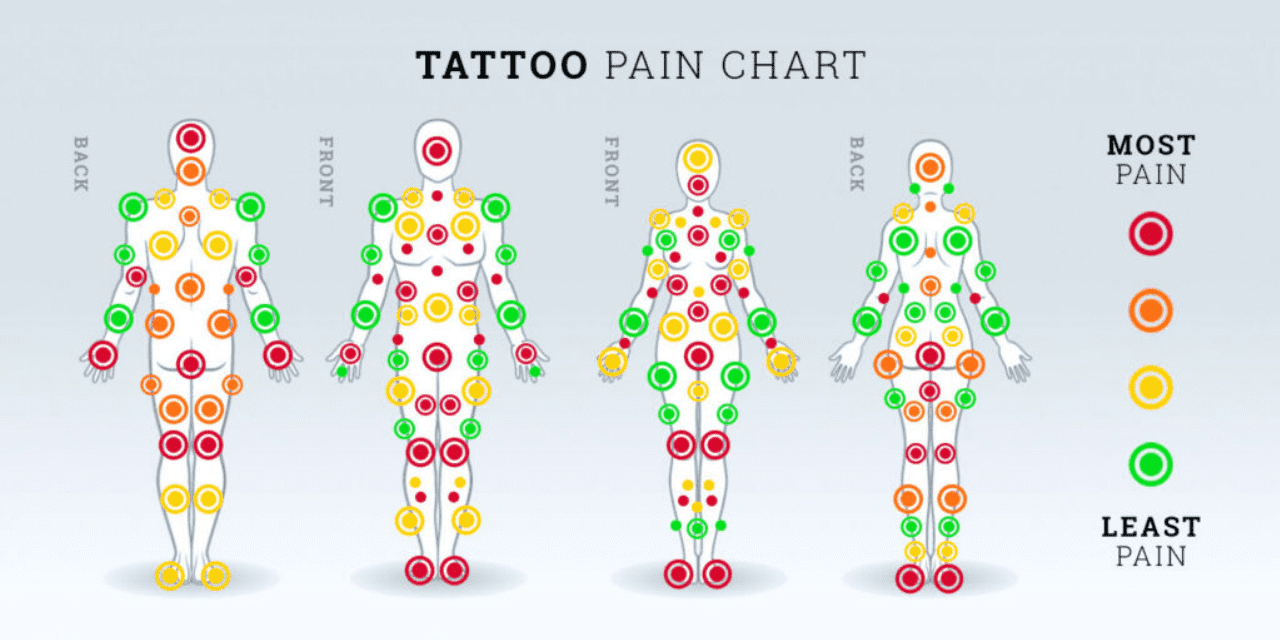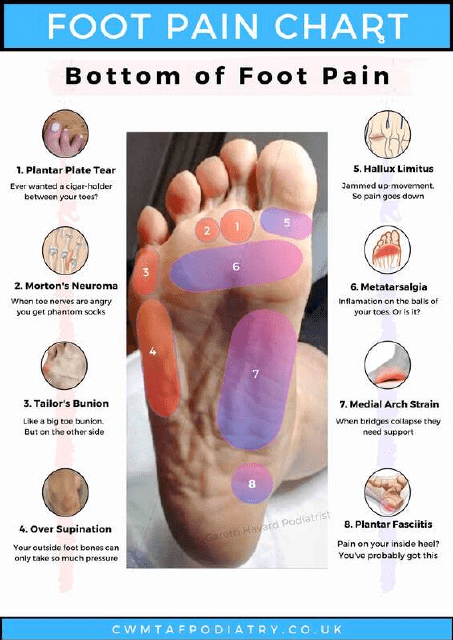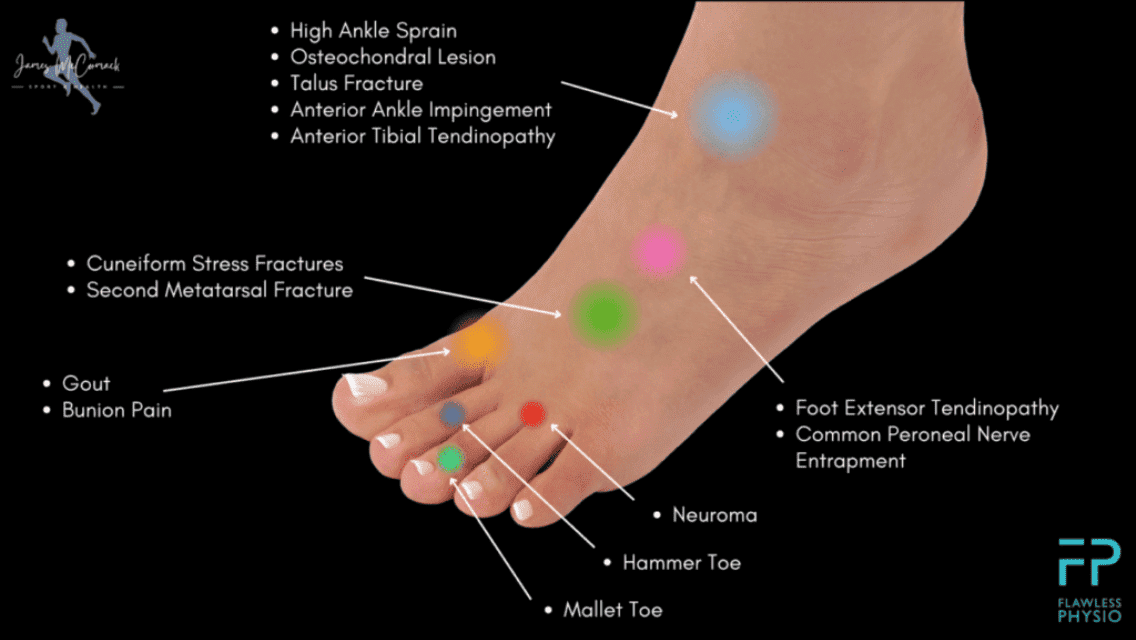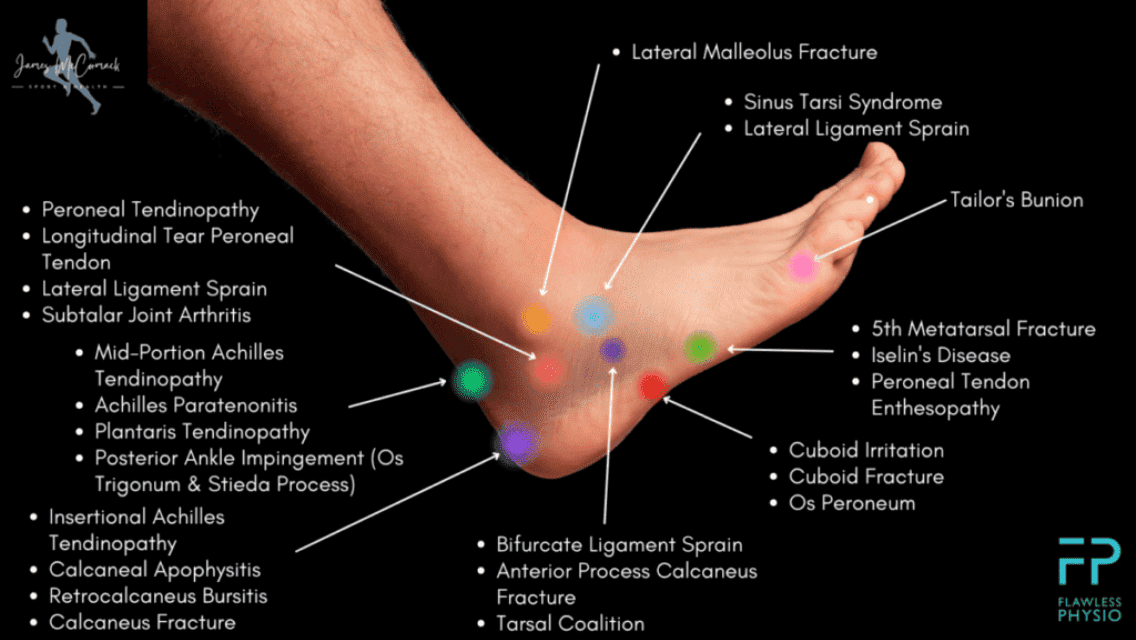Free Pain Chart Templates
Documents:
141
This document provides guidance and recommendations on how to manage abdominal pain, including potential causes, when to seek medical attention, and home care remedies. It is aimed at residents of the United Kingdom.
This document provides a tracking method for tracking and recording menstrual blood loss. It can help in identifying any abnormalities or changes in menstrual cycle, supporting discussions with healthcare professionals.
This document provides a self-care chart for managing muscle aches. It includes helpful tips and exercises to relieve muscle soreness and promote healing.
This document is a self-care chart that provides information on how to manage muscle pain and bruises. It offers tips and remedies that can be used at home to alleviate discomfort and promote healing.
This document is a tool used by healthcare professionals to understand the patient's cervical spine condition better. It typically includes questions regarding the patient's symptoms, medical history, and the impact of their condition on their daily life.
This document is a tool used in Gloucestershire, United Kingdom for assessing and measuring the severity of pain in individuals, particularly the elderly, to guide further medical treatment and pain management strategies.
This document is utilized as an assessment tool for detailing symptoms, history, and severity of a patient's lower back pain before undergoing an MRI scan. It aids healthcare professionals in accurately diagnosing and treating the pain.
This document is primarily used by healthcare professionals to evaluate and measure a individual's level of physical pain. It assists in tracking the progress of pain management strategies.
This document is designed for monitoring and assessing the impact and severity of shoulder pain and related disability issues in patients over time, providing valuable input for treating such health conditions.
This document provides a tool to evaluate the impact of migraines on a person's daily life activities. It helps to assess the level of disability caused by migraines, assisting health professionals devise appropriate treatment strategies.
This document is utilized in the medical field to gauge the intensity and nature of a patient's pain. It aims to provide standardized and quantifiable data which can guide treatment decisions.
This document is typically utilized for assessing individuals' shoulder joint function and pain levels. It may be used in medical examinations or physiotherapy sessions to keep track of patients' progress and discomfort levels.
This document is a tool employed mainly in medical fields for evaluating and managing the intensity and nature of a patient's pain. The M-Rvbpi helps to facilitate conversations between healthcare providers and patients about pain symptoms.
This document is primarily intended to gather patient information regarding lower back pain or issues by asking specific questions about the severity, frequency, location, and type of pain experienced. It also seeks to understand the impact of this pain on the patient's daily life activities.
This document is a comprehensive tool utilized to keep detailed track of a woman's menstrual cycle, symptoms and severity. It assists in identifying patterns, health issues and is often used in context of fertility planning or diagnosis of menstrual disorders.
This document is used by healthcare professionals at Temple Street to accurately record patient's self-reported levels of pain. It aids in improvement of patient care by monitoring the pain and responses to treatments.
This document provides comprehensive guidelines discussing various methods and protocols for managing and mitigating pain, specifically designed for individuals residing in Western Australia, Australia. It can be beneficial for healthcare providers, patients, and caregivers in understanding effective pain relief strategies.
This document offers a comprehensive evaluation guideline for residential care settings, enabling them to assess and enhance their pain management procedures. The self-audit checklist explores facets like pain assessment, medication management, and residents' comfort level, ensuring an optimal and humane living environment.
This document is designed to visually represent and rate an individual's pain level, helping medical professionals understand the individual's pain intensity and location.
This document serves as a tool for patients to accurately describe and pinpoint their pain to Healing Hands Chiropractic professionals, helping the practitioners to diagnose and treat the discomfort efficiently.
This document is dedicated to helping healthcare professionals evaluate a patient's level of pain using specific criteria and scales, thereby guiding effective pain management strategies.
This document provides critical information on pediatric pain management techniques and tools. It's intended for healthcare professionals who need quick access to pain assessment guidelines and treatment options specifically designed for children's unique needs.
This form is used by healthcare professionals to assess and track the severity and nature of a patient's pelvic pain, following the guidelines set forth by the International Pelvic Pain Society.
This document is a tool used to evaluate the risk factors associated with stroke. It helps in identifying potential lifestyle changes and medical interventions to reduce the stroke risk.
This document provides a comprehensive overview of an individual's risk factors for stroke, including information on current health conditions, lifestyle, and family medical history. It's often used by healthcare professionals to assess the probability of a patient experiencing a stroke and advice on how to lower this risk.
This document is an assessment tool utilized to evaluate the impact of pelvic pain on an individual's overall health and quality of life. It is typically used in medical settings to guide treatment plans and better understand patients' discomfort.
This document is utilized for evaluating a patient's initial level of pain. It helps healthcare professionals determine the severity, location, and type of discomfort, to provide appropriate treatment.
This document serves as a reference for healthcare professionals, offering guidance on prescribing opioids for chronic pain management. It aids in assessing patient needs, evaluating their risk of substance misuse, and ensuring ongoing monitoring for safety.
This form is used by healthcare providers in Pennsylvania to request authorization for the use of specific medications designed to prevent migraine episodes. It is a crucial document for streamlining the approval process for these medications.
This document is for outlining the terms and conditions between a healthcare provider and patient, regarding the use of prescription pain medication. It helps to manage risks and ensure safe, effective treatment.


